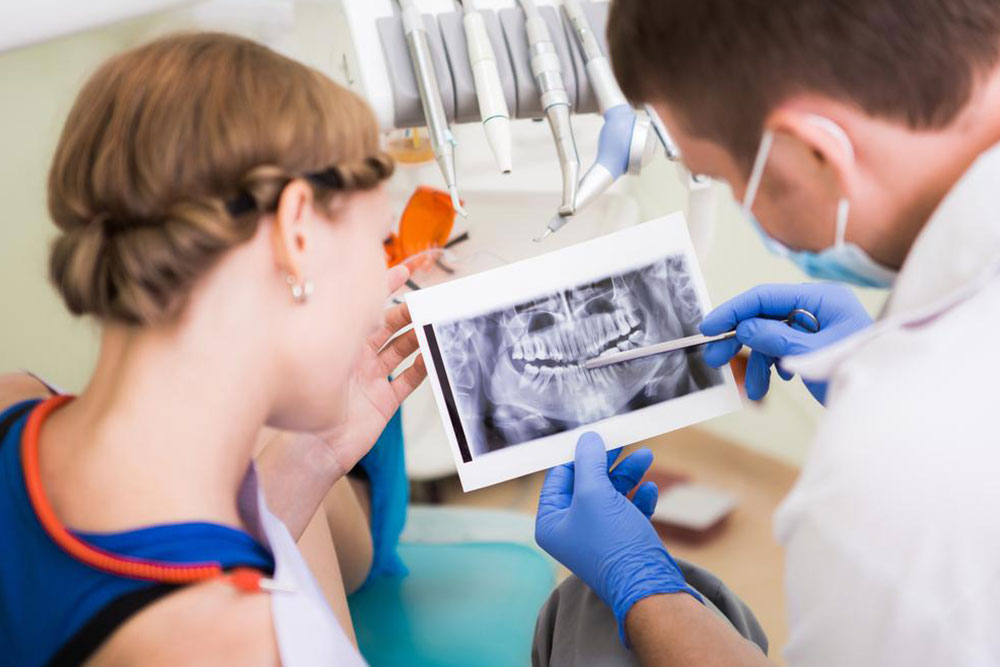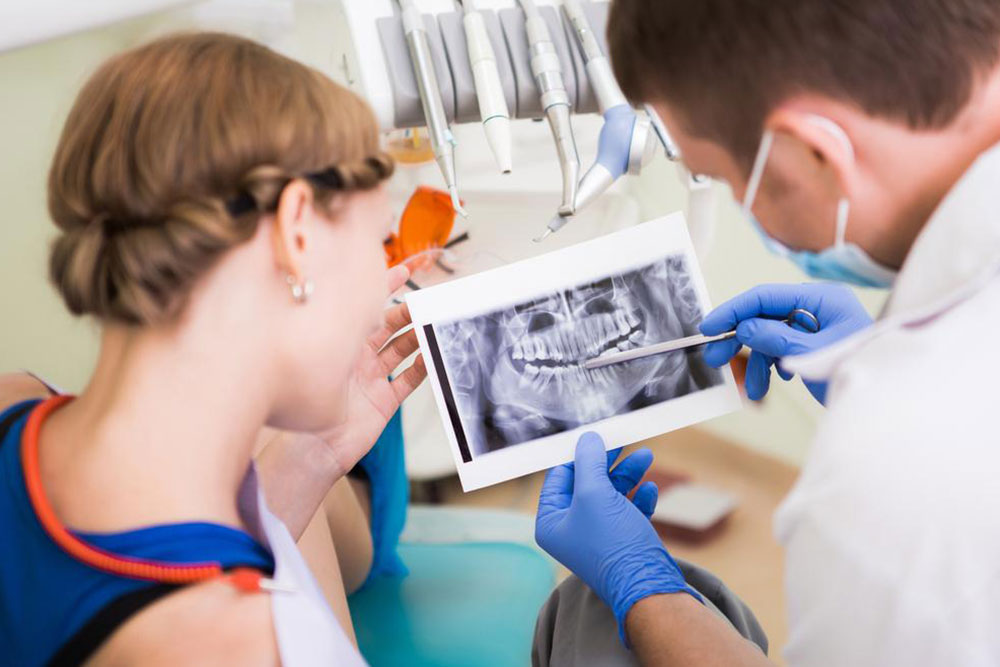Comprehensive Guide to Gum Disease: Symptoms, Causes, Prevention, and Treatment Strategies
This comprehensive guide delves into gum disease, explaining its symptoms, causes, prevention methods, and treatment options. Understanding these aspects is vital for maintaining healthy gums and overall oral health. Regular dental visits, good hygiene habits, and lifestyle changes can significantly reduce risks in preventing gingivitis and periodontitis and managing existing conditions effectively.

The oral cavity is one of the most vulnerable parts of the body when it comes to external exposure and microbial invasion. Among the various conditions that can affect oral health, gum diseases, such as gingivitis and periodontitis, stand out as some of the most common and potentially serious issues. These conditions not only compromise oral function and aesthetics but can also have broader health implications if left untreated. Understanding the intricacies of gum disease—its symptoms, root causes, preventive measures, and treatment options—is crucial for maintaining optimal oral and overall health.
Gum disease begins with an inflammatory response to bacterial buildup along the gum line. It commonly stems from poor oral hygiene. When individuals neglect regular brushing and flossing, plaque—a sticky film of bacteria—accumulates on teeth and near the gums. Over time, if plaque isn't removed, it hardens into tartar, which greatly exacerbates the inflammatory response. This leads to gingivitis, characterized by swollen, bleeding gums, and unpleasant breath. If gingivitis persists without intervention, it advances into periodontitis, which involves destruction of the supporting tissues and bones that hold teeth in place, often resulting in loose teeth or tooth loss.
Symptoms to Recognize Early
Early signs of gum disease are often subtle, making regular dental check-ups essential. Key symptoms include bleeding gums during brushing or flossing, persistent bad breath despite good oral hygiene, red or swollen gums, tenderness or discomfort around the gum tissue, and receding gums that make teeth appear longer. As the disease progresses, individuals may experience loose teeth, pus between teeth and gums, and changes in bite alignment. Recognizing these symptoms early allows for prompt intervention, which can prevent more severe complications and preserve natural dentition.
Common Causes and Risk Factors
While poor dental hygiene is the primary cause of gum disease, several other factors can increase susceptibility. Hormonal changes during pregnancy, menopause, or menstruation can make gums more sensitive and prone to inflammation. Certain illnesses such as diabetes, cardiovascular disease, and immune disorders can impair the body's ability to fight off bacterial infections, increasing risk. Lifestyle choices, including smoking, excessive alcohol intake, and poor nutrition, significantly contribute by weakening the immune response and promoting bacterial growth. Additionally, genetic predisposition may make some individuals more vulnerable to periodontal problems. Understanding these risk factors underscores the importance of comprehensive oral care and lifestyle modifications.
Preventive Strategies for Maintaining Gum Health
Prevention remains the most effective approach to avoiding gum disease. Daily oral hygiene practices should include brushing at least twice a day with fluoride toothpaste, flossing daily to remove plaque between teeth, and using antiseptic mouthwash to reduce bacterial load. Regular dental check-ups and professional cleanings—every six months or as recommended—are vital to remove tartar buildup and monitor gum health. A balanced diet rich in vitamins C and D strengthens immune defenses, while avoiding tobacco and limiting alcohol consumption reduce inflammation and bacterial colonization. Additionally, managing systemic conditions like diabetes and maintaining overall good health can significantly lower the risk of gum disease.
Effective Treatment Options
When gum disease is diagnosed, prompt and appropriate treatment is essential to halt its progression and restore oral health. Initial treatments typically involve professional scaling and root planing, where dental professionals remove plaque and tartar below the gum line and smooth the roots of teeth to prevent further bacterial accumulation. In cases of advanced periodontal disease, surgical interventions such as flap surgery, bone grafts, or tissue regeneration may be necessary to repair damaged structures. Antibiotic therapy, both topical and systemic, can assist in controlling bacterial infection. Post-treatment, strict oral hygiene practices and regular follow-up appointments are crucial to prevent recurrence. In some cases, adjunct therapies like laser disinfection or specialized periodontal treatments may be recommended.
The Importance of Early Diagnosis
Detecting gum disease early is critical to avoiding severe complications such as tooth loss and systemic health issues like cardiovascular disease, diabetes complications, and respiratory infections. Routine dental examinations involve assessing gum health through clinical probing, radiographs, and visual inspection, enabling early detection of inflammation or bone loss. Education on proper oral hygiene techniques and lifestyle adjustments also plays a pivotal role. For those at higher risk, more frequent monitoring might be necessary to catch any signs of disease development early and begin intervention promptly.
Holistic Approach to Gum Disease Management
Managing gum disease effectively requires a combination of professional dental care and patient-driven efforts. Beyond immediate treatment, patients should adhere to personalized oral health routines, maintain a nutritious diet, and address underlying health issues. Incorporating lifestyle changes, such as quitting smoking and reducing stress, further supports periodontal health. Emerging technologies, including laser therapy and regenerative procedures, offer promising outcomes with minimal discomfort. Moreover, ongoing research continues to explore links between periodontal health and systemic conditions, emphasizing the importance of comprehensive healthcare strategies for overall well-being.
In conclusion, understanding gum disease—its causes, symptoms, prevention, and treatment—is essential for everyone aiming to maintain healthy teeth and gums. Regular dental visits, good oral hygiene practices, and healthy living habits collectively contribute to the prevention and effective management of periodontal conditions. By taking proactive steps now, individuals can avoid the pain, discomfort, and potential health risks associated with advanced gum disease, thereby ensuring a healthier, brighter smile for years to come.





